Induction cooking heats a cooking vessel by magnetic induction, instead of by thermal conduction from a flame, or an electrical heating element. Because inductive heating directly heats the vessel, very rapid increases in temperature can be achieved.
In an induction cooktop (“induction hob” or “induction stove”), a coil of copper wire is placed under the cooking pot and an alternating electric current is passed through it. The resulting oscillating magnetic field induces a magnetic flux which repeatedly magnetises the pot, treating it like the lossy magnetic core of a transformer. This produces large eddy currents in the pot, which because of the resistance of the pot, heats it.
For nearly all models of induction cooktops, a cooking vessel must be made of, or contain, a ferromagnetic metal such as cast iron or some stainless steels. However, copper, glass, non magnetic stainless steels, and aluminum vessels can be used if placed on a ferromagnetic disk which functions as a conventional hotplate.
Induction cooking is quite efficient, which means it puts less waste heat into the kitchen, can be quickly turned off, and has safety advantages compared to gas stoves. Cook-tops are also usually easy to clean, because the cook-top itself does not get very hot.
Cooking Properties
A pot of boiling water atop newspaper on an induction cooking surface
An induction cooking surface boiling water through several layers of newsprint. The paper is undamaged since heat is produced only in the bottom of the pot
Induction cooking provides faster heating, improved thermal efficiency, and more consistent heating than cooking by thermal conduction, with precise control similar to gas.
The induction element has heating performance comparable to a gas burner, but is significantly more energy-efficient. The surface of the cooker is heated only by the pot and so does not usually reach a hazardous temperature. Because the temperature of the cooking surface matches that of the pot, this permits precise control of the cooking temperature.
The control system shuts down the element if a pot is not present or not large enough.
Induction cookers are easy to clean because the cooking surface is flat and smooth and does not get hot enough to make spilled food burn and stick.
The unit can detect whether cookware is present by monitoring power delivered. This allows it to keep a pot just simmering, or automatically turn an element off when cookware is removed.
Because the cook top is shallow compared to a gas-fired or electrical coil cooking surface, wheelchair access can be improved; the user’s legs can be below the counter height and the user’s arms can reach over the top.

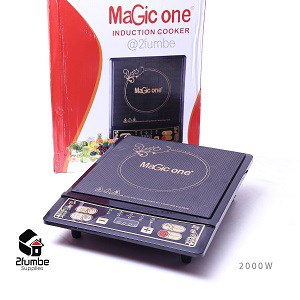
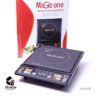
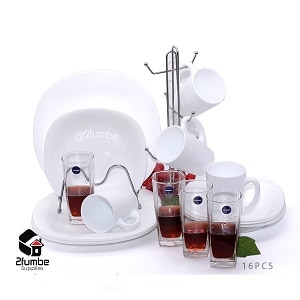
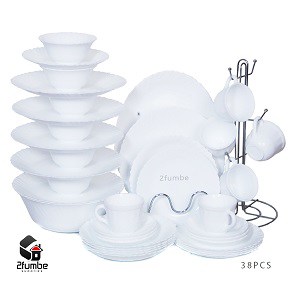
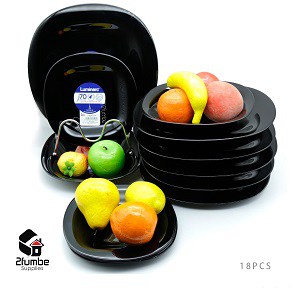

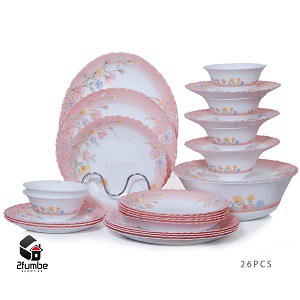
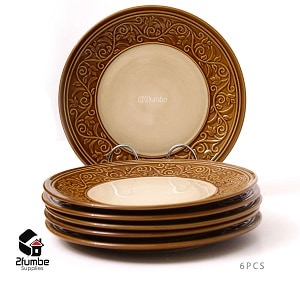
Reviews
There are no reviews yet.